I am struggling with OpenGL lighting. I have the following enabled:
Specular[0] = 1f;
Specular[1] = 1f;
Specular[2] = 1f;
Specular[3] = 1f;
Gl.glMaterialfv(Gl.GL_FRONT_AND_BACK, Gl.GL_SHININESS, new float[] { 70 });
Gl.glMaterialfv(Gl.GL_FRONT_AND_BACK, Gl.GL_SPECULAR, Specular);
Gl.glLightfv(Gl.GL_LIGHT0, Gl.GL_POSITION, LightDef.LightPosToArray);
Gl.glLightfv(Gl.GL_LIGHT0, Gl.GL_AMBIENT, LightDef.AmbientToArray);
Gl.glLightfv(Gl.GL_LIGHT0, Gl.GL_DIFFUSE, LightDef.DiffuseToArray);
Gl.glEnable(Gl.GL_LIGHT0);
Gl.glEnable(Gl.GL_LIGHTING);
Gl.glShadeModel(Gl.GL_SMOOTH);
When I draw rectangles adjacent to each other and they have the same size everything looks fine. When I draw them at different sizes the lighting changes on each one. How can I make them look seamless?
Gl.glNormal3f(0, 0, 1);
Gl.glRectf(0, 0, 1000, 500);
Gl.glRectf(0, 500, 500, 1000);
Gl.glRectf(500, 500, 700, 700);
